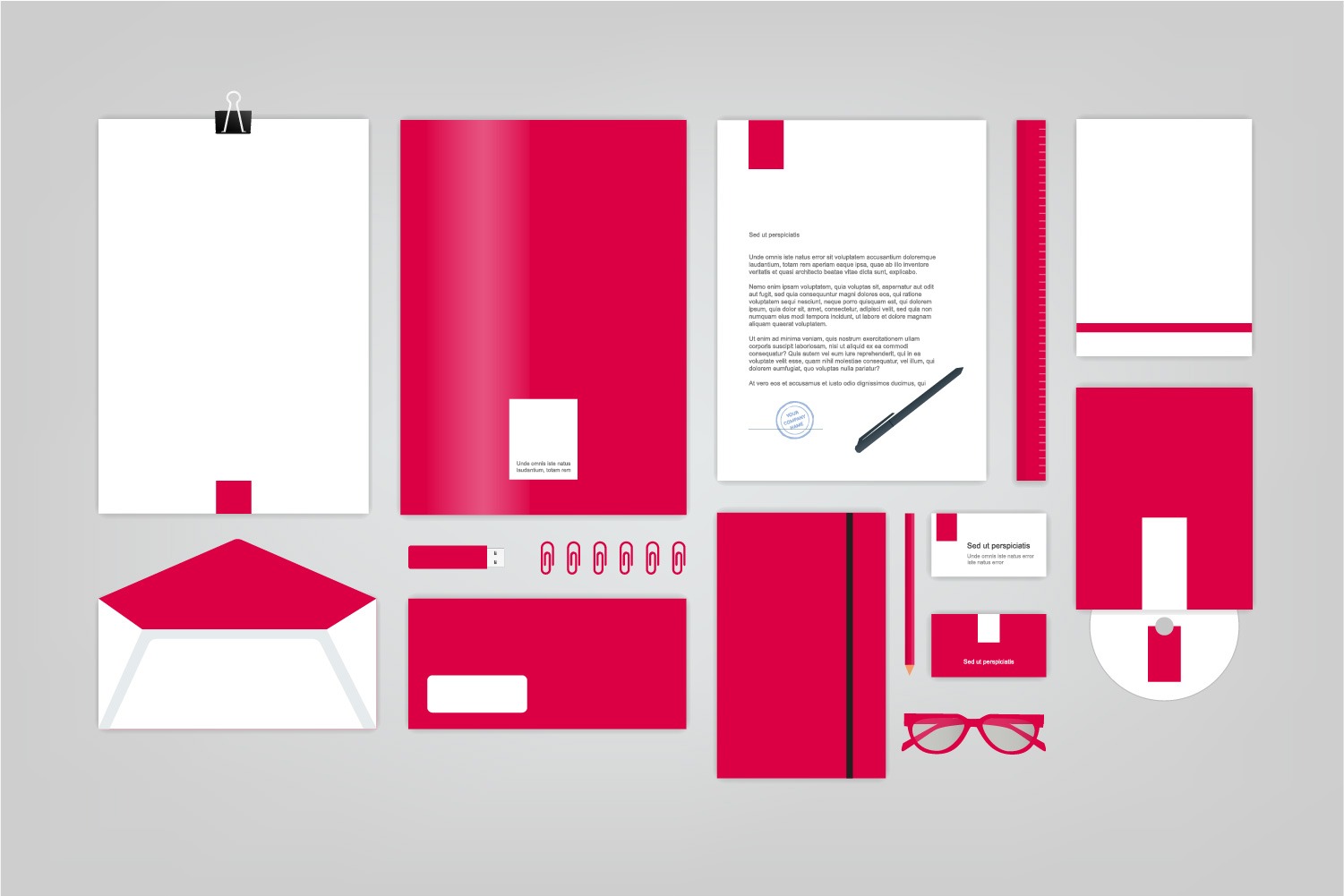Why a Business needs a Brand Book?

Okay, you have a great logo and an awesome visiting card too, but when we check your website or your social pages or your marketing booklet, we see that the impact of your brand is not as much as you would want it to be. When you see your logo being used by other partners or in any place outside your controlled environment, are there glaring inconsistencies? If so then you would agree to the importance of having a strong, consistent brand identity which is crucial for your professional image.
Making sure that your marketing tools have the same overall look and feel not only reinforces your credibility with your customers, but it also makes you stand out from the crowd.
So how do you achieve this? Yes, this is where having a well-crafted Brand Book comes into being. It helps in making the brand stay “consistent”.
What is a Brand Book?
A Brand Book is essentially a set of guidelines and standards that explains how your brand works. These guidelines include basic information such as:
- Overview : Brand’s history, vision, personality and key values
- Logo : Set-up specifications — including tagline usage
- Logo Visual examples : DO’s and DONT’s of correct and incorrect logo treatment
- Color palette : Brand colours and usage
- Typography : Brand type style(s)
- Stationery : Business card, letterhead design, envelopes, packaging, etc.
- Branding Usage : On Print, Web, OOH, Merchandise, etc.
These brand rules should be flexible enough for designers to be creative, but rigid enough to keep your brand easily recognizable and stylistically consistent. Occasionally situations will call for rules to be bent — but never broken. Continuity is key, especially if you need the brand to extend across multiple media platforms.
What more is there in a Brand Book?
If you’re just starting out and you only require a few key marketing tools at this point, focusing on the above areas may be enough. However, to make sure all your bases are covered, you may choose to go with a more detailed Brand Book that also includes:
- Photography style
- Supporting graphic elements
- Design layouts and grids
- Social media profile page applications
- Brochure/flyer layout options
- Website layout
- Signage specifications
- Advertising treatments
- Merchandising applications
- Copywriting style (a.k.a. “tone of voice”)
- Editorial guidelines
These brand rules should be flexible enough for designers to be creative, but rigid enough to keep your brand easily recognizable and stylistically consistent. Occasionally situations will call for rules to be bent — but never broken. Continuity is key, especially if you need the brand to extend across multiple media platforms.
When should you have a Brand Book developed?
Ideally, a Brand Book should be developed at the same time when you work on your logo and stationery. This ensures that all of your channels are aligned from Day Zero. Even if you already have a logo designed, you can still hire a designer to develop a Brand Book that flows well with your existing logo.
Your finished Brand Book can be an interactive PDF document which is suitably hyperlinked in places to provide links to files or website addresses. This can be conveniently provided to any contact who needs to better understand your brand. You may also consider having a page on your website so that your brand book is just a click away.
How to use a Brand Book?
While building your brand you often need to engage with employees and third parties (e.g. partners, investors, advertisers, designers, photographers, printers, etc.) to help convey your company’s image, message and services/products. But there’s a strong chance that they do not fully understand your brand. By meeting with them to discuss your objectives and supplying them with a copy of your Brand Book, they will be better prepared to create solutions that work as a cohesive unit.
If you choose not to have a Brand Book you may encounter some of the following issues:
- Inappropriate use of your logo and tagline
- Incorrect used of colors, typefaces and design elements
- A lack of cohesion in the handling of the logo and overall design that gives a piece a compromised or confusing appearance
- Inconsistent messaging that result in poor brand image
Concluding Words
It’s important to understand that your logo is NOT your brand, but rather a key component in your overall brand strategy. How that logo is rolled out into each aspect of your business operations is really where the branding magic happens.
By developing a Brand Book in conjunction with your logo, you can help to ensure that all of your customer touch-points (i.e, brochures, advertising, invoices, social pages, etc.) are created in a high-impact, consistent manner — no matter which designer, agency, photographer, or advertiser you hire to create your materials.
